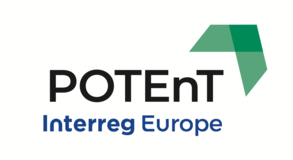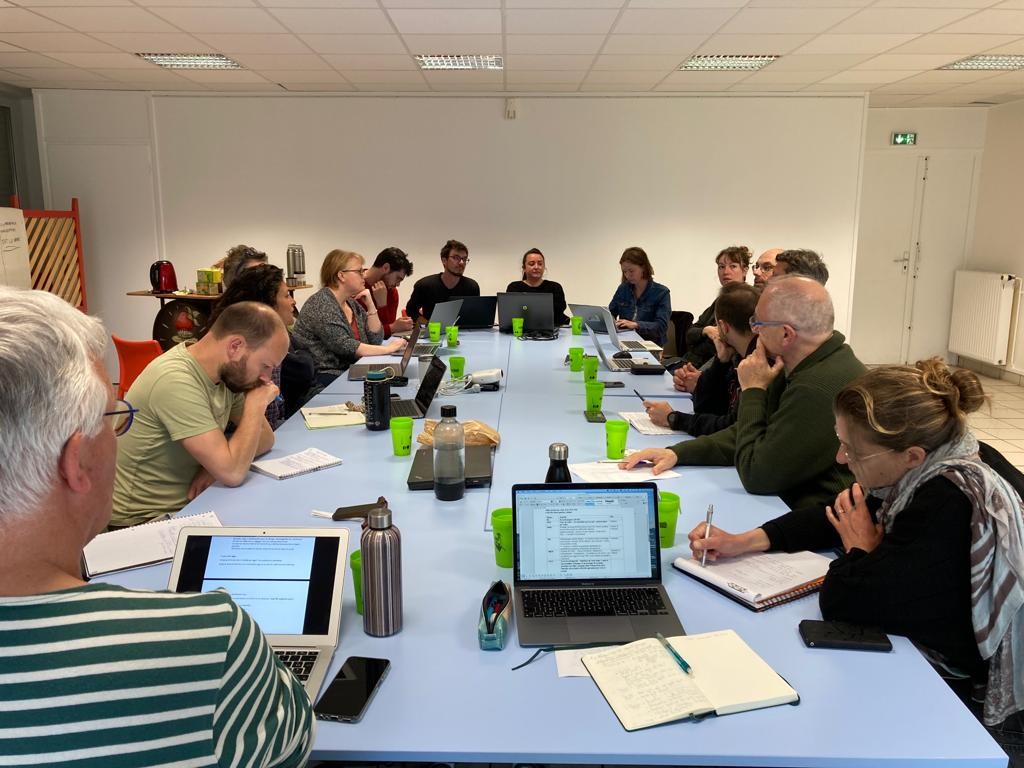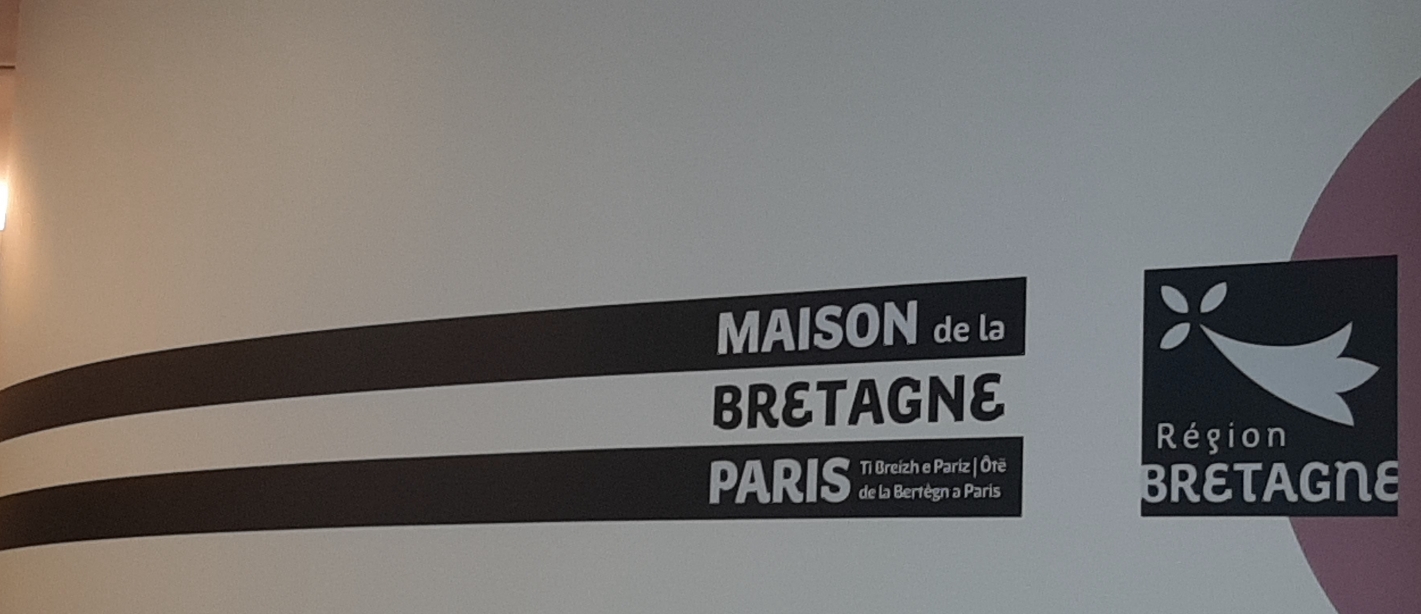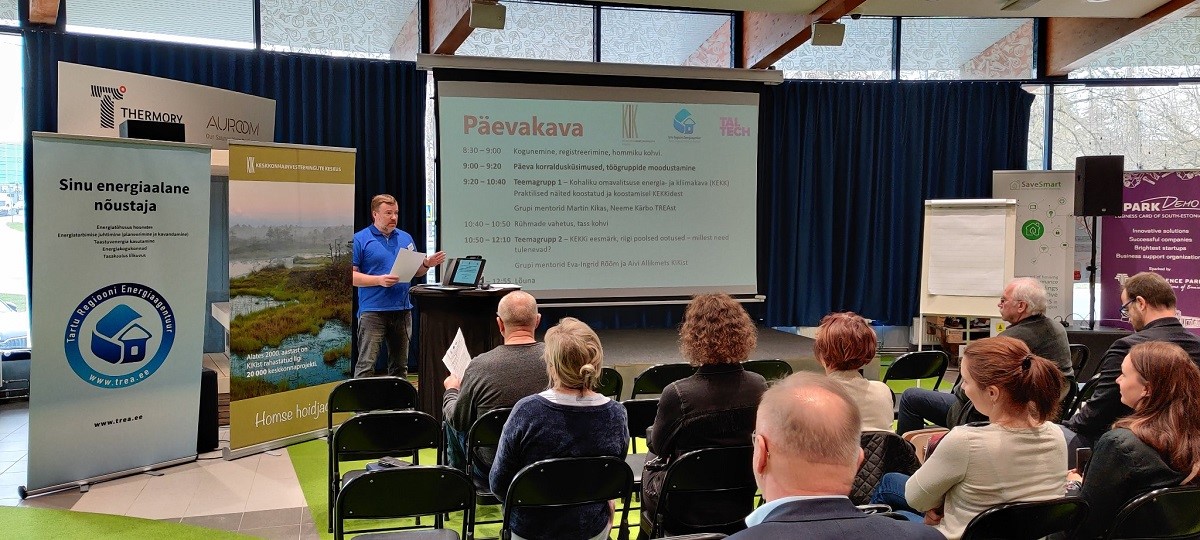As part of the “Public Organizations Transform Energy Transition” (POTEnT) project, the City of Ostrava has held a dissemination event focusing on the ongoing update of the City’s Sustainable Energy and Climate Action Plan (SECAP). Among the key aspects discussed at the event were conclusions regarding new solutions for generating and managing energy (including community energy projects); these solutions are being discussed by all partners in the POTEnT project on a Europe-wide basis.
The City of Ostrava has been a member of the Covenant of Mayors since 2011. In 2013, the City of Ostrava set out its own commitment (via its Sustainable Energy Action Plan – SEAP) to achieve a 20% reduction in CO2 production from 2000 to 2020, and by 2015 it had already gone beyond this target, achieving a reduction of 34.39%. In 2017, the City’s Sustainable Energy and Climate Action Plan (SECAP) set out a new commitment: to reduce CO2 production by 40% in the period up to 2030 and to boost Ostrava’s resilience in the face of climate change by implementing a range of adaptation measures. The City is now planning to commit to a 55% reduction in CO2 emissions by 2030; this is in line with the vision currently set out in Ostrava’s Strategic Development Plan, and it will build on the successful achievement of the City’s previous commitments. Reductions in greenhouse gas emissions are very closely connected with energy management – which is the main reason for Ostrava’s participation in the POTEnT project.
The project benefits its partners by giving them an awareness of the measures taken by other partner cities with regard to energy management, enabling partners to share good practice and track progress. Other key activities for Ostrava are set out in the SECAP, including the modernization of the city’s public transport fleet by phasing out diesel vehicles and purchasing eco-friendly replacements (including the widespread use of hydrogen vehicles), support for zero-emissions or low-emissions transport solutions, systematic strategies for adaptation to drought, strategies to alleviate the negative impacts of heatwaves, water management solutions, and similar. Many of these measures are already being implemented on a systematic basis, and others are being prepared for adaptation or are currently in the piloting phase.

A key part of all the activities mentioned above is public education and involvement. At the recent dissemination event in Ostrava, experts discussed a range of topics including low-emissions zones in European city centres, the provision of parking spaces, the Park & Ride concept and the traffic situation in the city. Ostrava has a very extensive public transport network, with trams forming the core of the system. The City’s current goal is to manage the transition to an eco-friendly public transport fleet (using zero- or low-emissions vehicles) and to improve passenger comfort in order to meet the most demanding international standards. Ostrava is currently somewhat unusual in the high degree of access it offers to cars in the city centre. Representatives of the city also discussed options for installing solar panels on public buildings, community energy projects in various parts of the city, EV charging points, the creation of energy islands within local communities, and the centralized municipal heating network versus individual choices in the energy mix.

The City’s recently upgraded commitment to CO2 savings represented an opportunity to organize a survey gauging which issues Ostrava’s citizens consider to be particularly important, challenging, or inadequately addressed. The results of the survey indicate that a large proportion of respondents see air quality (related to traffic and industrial production) as a problematic area, and another particularly sensitive issue is the prevalence of smog in the winter months. Although it should be pointed out that objective data show substantial improvements in these parameters during recent decades, this issue nevertheless remains a very problematic one in public perception, and it is also a frequent topic in the media. It is therefore one of the key goals of Ostrava (and the region as a whole) to achieve further improvements in air quality – and this goal forms part of the success indicators set out in the City’s Strategic Plan. Most of the respondents welcome and support the modernization of municipally owned buildings in order to improve energy efficiency, and they are also in favour of the low- and zero-emissions strategy being implemented in the public transport system.
The City of Ostrava is integrating the various issues outlined above into a systematic structure on the level of strategies, action plans, investment programmes and individual projects – which are always approached as part of wider-ranging integrated solutions.







